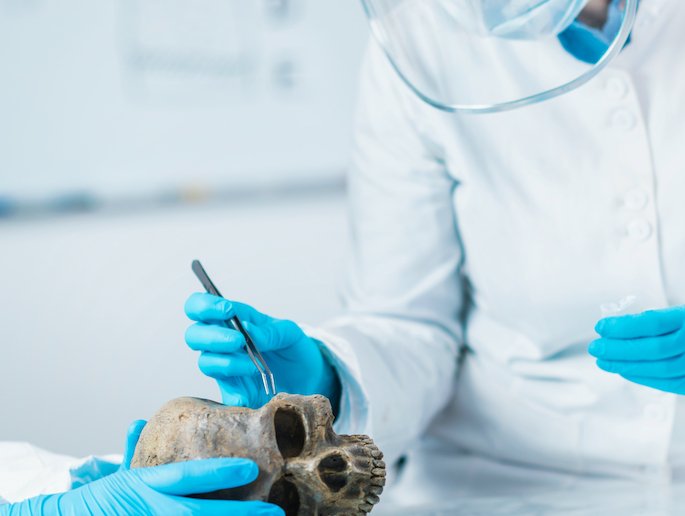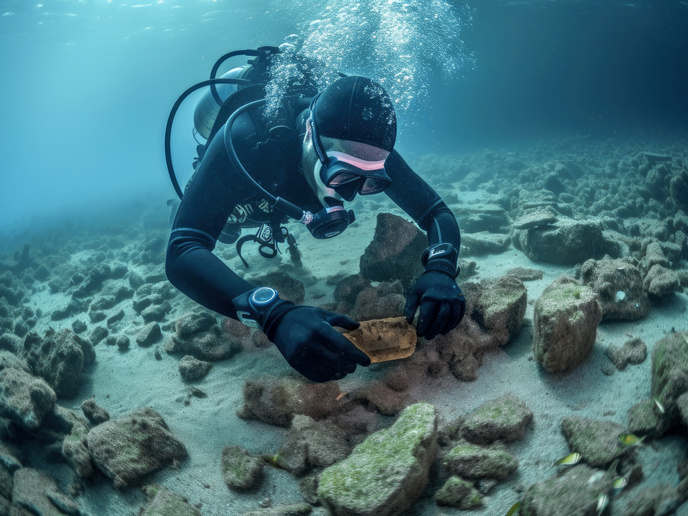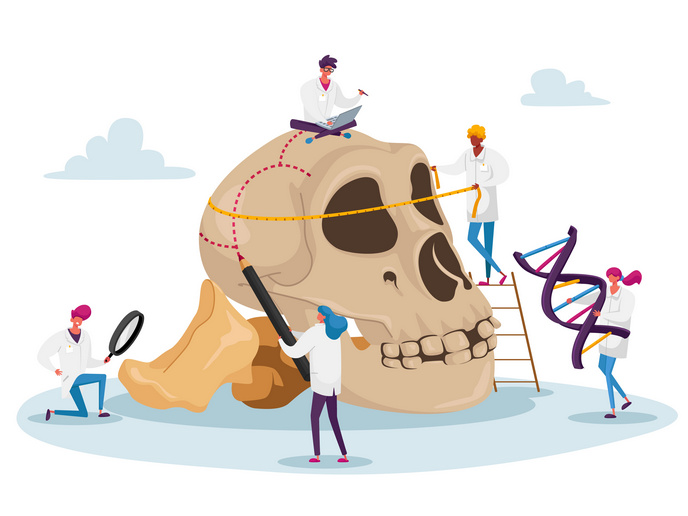Neolithic mothers and the survival of the human species
The end of the Stone Age, an era known as the Neolithic period, is most often associated with humans’ transition from small, nomadic tribes of hunter-gatherers to larger, more organised, agriculture-based settlements. But this period was also a time defined by a significant increase in fertility. “Despite the many difficulties and risks associated with giving birth, the Neolithic period was one of substantial population growth,” says Sofija Stefanovic, a professor of Physical Anthropology at the University of Belgrade(opens in new window). “Even though the development of civilisation would not have been possible without this population growth, we know very little about the factors that drove it.” With the support of the EU-funded BIRTH(opens in new window) project, Stefanovic and a team of researchers are working to fill this knowledge gap. “Using skeletal, nutritive and cultural factors, we set out to study the marked increase in birth rates that occurred between 10 000 and 5 000 BC in the Balkans, which was an important route for the Neolithisation of Europe,” adds Stefanovic.
A focus on the prehistoric mother
According to Stefanovic, the European Research Council(opens in new window) supported project aimed to provide biological evidence of prehistoric birthing and investigate the population changes seen during the beginning of the European Neolithic era. “By analysing bioarchaeological remains and using computer simulations, we were able to reach several important conclusions about Europe’s Neolithic fertility increase,” explains Stefanovic. “This includes our finding that the average Neolithic woman bore between 8 and 10 children.” But what really makes this project unique was its focus on the role of the prehistoric mother. For example, researchers discovered an increase in the number of stress lines in the tooth cementum of Neolithic females. “Not only is this one of the earliest known indicators of an increase in fertility, it also implies that Neolithic females experienced more physiological stress than their Mesolithic female ancestors,” notes Stefanovic.
Baby food a factor in increased fertility
Researchers also studied the probable cultural and nutritional factors that drove this increase in fertility. “Neolithic mothers served their babies gruel, probably a mix of milk and cereals, using carefully crafted bone spoons,” remarks Stefanovic. “Based on the bite marks found on these spoons, we can conclude that this food allowed mothers to wean their infant from breastmilk at an earlier age, which may have influenced fertility.” Stefanovic goes on to note that this new baby food likely resulted in a substantial restructuring of families – even society. “Less dependency on breastfeeding meant other members of society could help with childcare, essentially giving females more time to have more babies,” she says. “Thus, baby food was an important pillar for the increase in fertility seen in Neolithic Europe.”
Inspiring other scientists
In addition to its many important anthropological findings, BIRTH raised awareness about the essential role that motherhood played in human survival. “I am proud of the fact that this project moved prehistoric babies and mothers from the margins of scientific investigation and placed them in the spotlight where they belong,” concludes Stefanovic. “In doing so, I hope we inspired other scientists to incorporate prehistoric motherhood into their research.”







